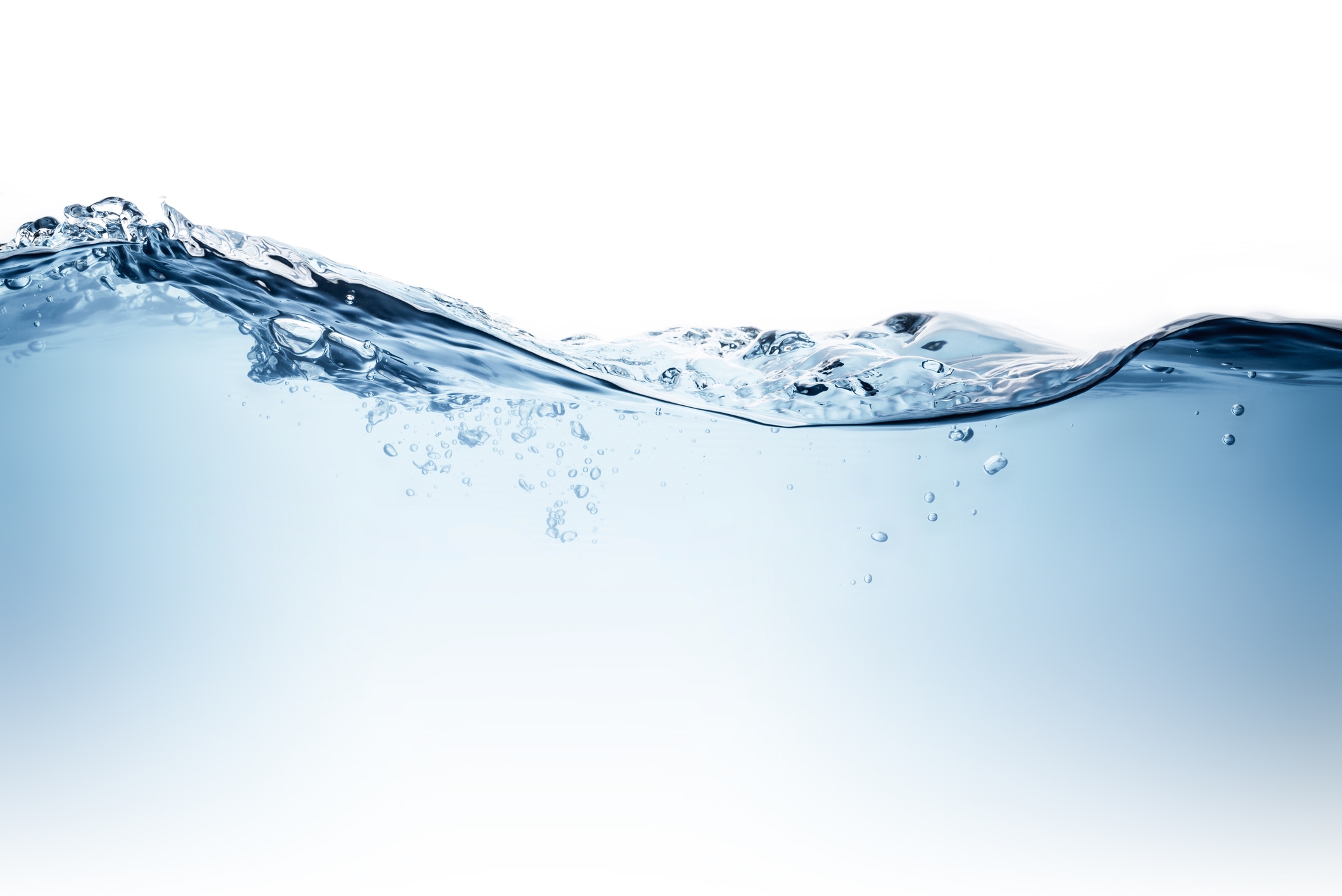8.8 Contaminants in drinking water treatment chemicals
All chemicals used in the treatment of drinking water should be evaluated for potential contaminants and limits should be included in the specification. The fact sheets for the individual treatment chemicals (see Part V) identify potential contaminants for each chemical. Additional information may also be available from suppliers’ specifications or from certification analyses that have been performed for overseas accreditation systems.
The determination of contaminants in drinking water treatment chemicals should be carried out by an independent laboratory accredited to undertake the necessary assays. An appropriate NATA-approved laboratory should be identified, in consultation with the relevant state or territory regulatory authority. A list of NATA-approved laboratories is available online on the NATA website (https://www.nata.com.au).
In developing appropriate specification limits for contaminants, a more detailed systematic assessment of potential contaminants using a Recommended Maximum Impurity Concentration (RMIC) approach is recommended. The initial approach uses the principle that no contaminant in a particular chemical should add more than 10% of that allowable by the health-based guideline value outlined in the Guidelines. For each contaminant, this involves:
calculating from the health guideline value the maximum concentration allowable in the treated water as a result of being dosed with the bulk chemical. In some situations a stricter value than the health guideline may be warranted if the contaminant is known to cause aesthetic problems or the water authority wishes to carry a lower risk level;
based on the expected maximum dose of chemical and its strength, calculate the RMIC for each contaminant (mg/kg of solution).
A sample calculation for determining the RMIC of lead in Alum is provided in Box 8.3.
Sample calculation for determining the lead recommended maximum impurity concentration in Alum
The following is a sample calculation for the derivation of a Recommended Maximum Impurity Concentration (RMIC) for lead in Alum and is based on the NHMRC guideline value for lead in drinking water of 0.01 mg/L. The maximum amount of lead (in mg/L) that may be added to drinking water through the use of alum is determined through the following three steps:
(1) Derivation of the maximum amount of lead that can be added to drinking water through Alum:
Where:
0.01 mg is the NHMRC guideline value for lead; and
10 is the percentage of the guideline value considered an acceptable source of contamination in the drinking water (a safety factor of 10 is considered a reasonable contribution by a given impurity in a water treatment chemical).
(2) Derivation of the amount of Alum that will contain 0.001 mg lead:
In the case of the maximum Alum dose of 80 mg/L(1), with a solution strength of 43 % w/w
[];
Where:
80 mg/L is the dose of the drinking water treatment chemical (e.g. Alum); and
0.43 is the solution strength of the drinking water treatment chemical (e.g. Alum – 43%)
(3) Derivation of the RMIC for Alum at the plant:
Where:
1 x 10⁶ is the number of milligrams in a kilogram;
186 mg is the amount of Alum solution that will contain 0.001 mg of lead
0.001 mg/L is the maximum amount of lead per litre that can be added through the Alum dose
Footnote
(1) The dose of 80 mg/L alum is based on the water treatment plant being designed to regularly treat dirty water events under an enhanced coagulation mode. If the plant was designed to treat low turbidity water for particle removal only, the maximum alum dose may be as low as 10 mg/L which would give an RMIC of 43.2 mg/kg for lead at this plant.
In some cases RMICs may need to be reduced based on concentrations of the impurity in source water and where multiple treatment chemicals are used to ensure that recommended health-based guideline values are not exceeded at consumer taps. RMICs calculated by the water authority should be used as the minimum basis for chemical specifications. Water authorities are encouraged to use tighter specification values where these can be easily achieved cost-effectively. These calculated RMICs should never be seen as a license to degrade the purity of the drinking water treatment chemical.
To assist water authorities in this process, Table 8.4 contains RMICs for selected contaminants that have NHMRC health-based guideline values. RMICs have been calculated for some of the more common treatment chemicals, typical maximum dose rates and chemical bulk concentrations. RMICs have not been determined for contaminants that are not identified in the fact sheet for an individual treatment chemical. Aluminium sulfate has been used to illustrate the principle of applying different maximum doses to determine RMIC.
Some treatment chemicals may also contain known contaminants for which there are only aesthetic NHMRC guideline values. RMICs approach can also be used to calculate these contaminants where appropriate.
Where there is no health-based guideline value for an identified contaminant in the Guidelines, water authorities may be able to determine a RMIC based on a review of overseas drinking water guidelines (e.g. WHO, USEPA, EEC, the Chemical CODEX). If no RMIC can be calculated from a recognised drinking water guideline value, then the principle of due diligence would encourage a water authority to maintain concentrations as low as practicable.
Where suppliers are unable to meet the RMIC, then the water authority should examine what levels of the contaminant are reaching consumers to determine if a higher concentration can be tolerated in the treatment chemical without significantly changing the risk of not meeting the NHMRC health-based guideline value. This analysis should attempt to identify other significant sources of the contaminant, its variability over time, and all expected operational conditions. If a higher contaminant level in the bulk chemical is acceptable (i.e. contributes more than 10% of the guideline value), then water authorities should consider whether there is a need for additional controls specifically for that contaminant in the chemical specification, contractual procurement arrangements, treatment plant operations, and monitoring through to consumers’ taps.
Table 8.4 Recommended maximum impurity concentrations for selected drinking water treatment chemicals

Last updated
